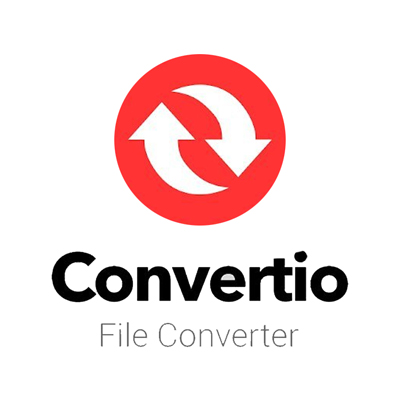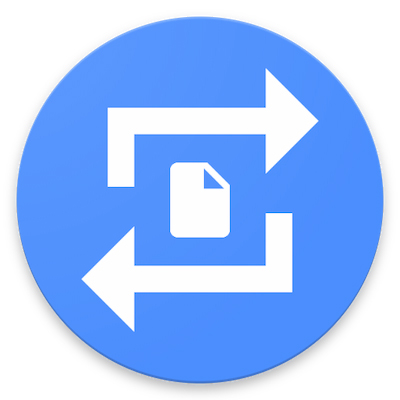The TIFF (Tagged Image File Format) is a flexible and adaptable file format that has been widely adopted in the world of digital image storage. Developed in the mid-1980s by the Aldus Corporation, initially to facilitate the desktop publishing industry, TIFF has evolved to accommodate a myriad of image types, from simple graphics and photos to complex multi-page documents.
Understanding the TIFF File Format
TIFF functions by including a variety of tags that can specify image dimensions, compression type, color information, and metadata. This level of detail makes TIFF files highly versatile but can also lead to large file sizes compared to more compressed formats such as JPEG or PNG.
Software That Supports TIFF
Many image editing and viewing applications provide support for TIFF files. Adobe Photoshop, CorelDRAW, and GIMP are popular software options that allow users to create, edit, and save images in TIFF format. TIFF is also commonly used in scanning and faxing documents, with software like Adobe Acrobat facilitating these processes.
Alternatives to TIFF Format
While TIFF remains a robust option for storing detailed and high-quality images, alternatives such as JPEG, PNG, and RAW formats cater to specific needs. JPEG is favored for its small file sizes and is commonly used for web images. PNG supports lossless compression and transparency, making it ideal for graphics. RAW files are unprocessed and provide the highest quality for professional photography, but require more space and specialized software to utilize.

















